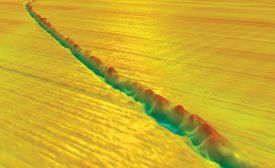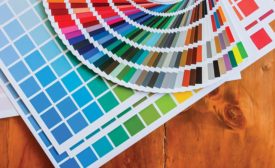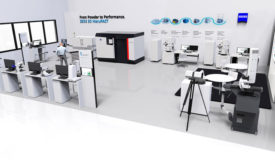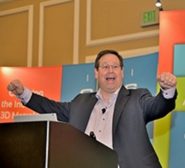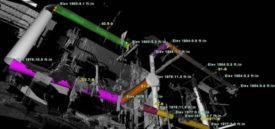Measurement
Quality in Automation > Inspection
How to Automate your Inspection Process
New sensors, mobile systems and thorough communication can help manufacturers overcome previous hurdles.
April 4, 2020
Color Management 101: The Latest Technology and Techniques
Whether you are first introducing color control to your quality process or you are managing an existing framework, here’s what to know.
April 1, 2020
Additive Quality
The greatest challenge of AM is the verification of parts’ absolute reliability.
April 1, 2020
Quality Headline
Hexagon Enhances Simulation Solutions for Smart Factories, Smart Industrial Facilities With CAEfatigue Acquisition
March 17, 2020
Quality Web Exclusive
Exact Metrology Performs 3D Scan at Nuclear Power Plant
March 17, 2020
Stay in the know with Quality’s comprehensive coverage of
the manufacturing and metrology industries.
eNewsletter | Website | eMagazine
JOIN TODAY!Copyright ©2024. All Rights Reserved BNP Media.
Design, CMS, Hosting & Web Development :: ePublishing




